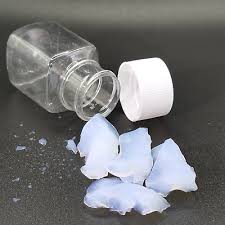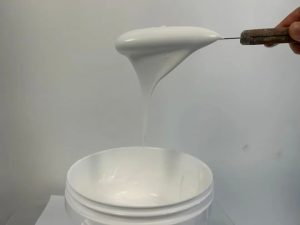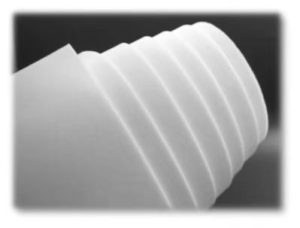Professional industry ceramic supplier, silicon nitride, silicon carbide, aluminum nitride and any other kinds of ceramics.
1. Introduction
In the past 48 hours, a major materials supplier announced a global shortage of high-purity silicon carbide due to increased demand from semiconductor and metallurgy sectors—a development that underscores the importance of properly maintaining your existing silicon carbide crucibles to extend their service life. Whether you’re melting metals, conducting lab experiments, or working in foundry operations, knowing how to correctly use and care for your silicon carbide crucible can save time, money, and prevent hazardous failures.
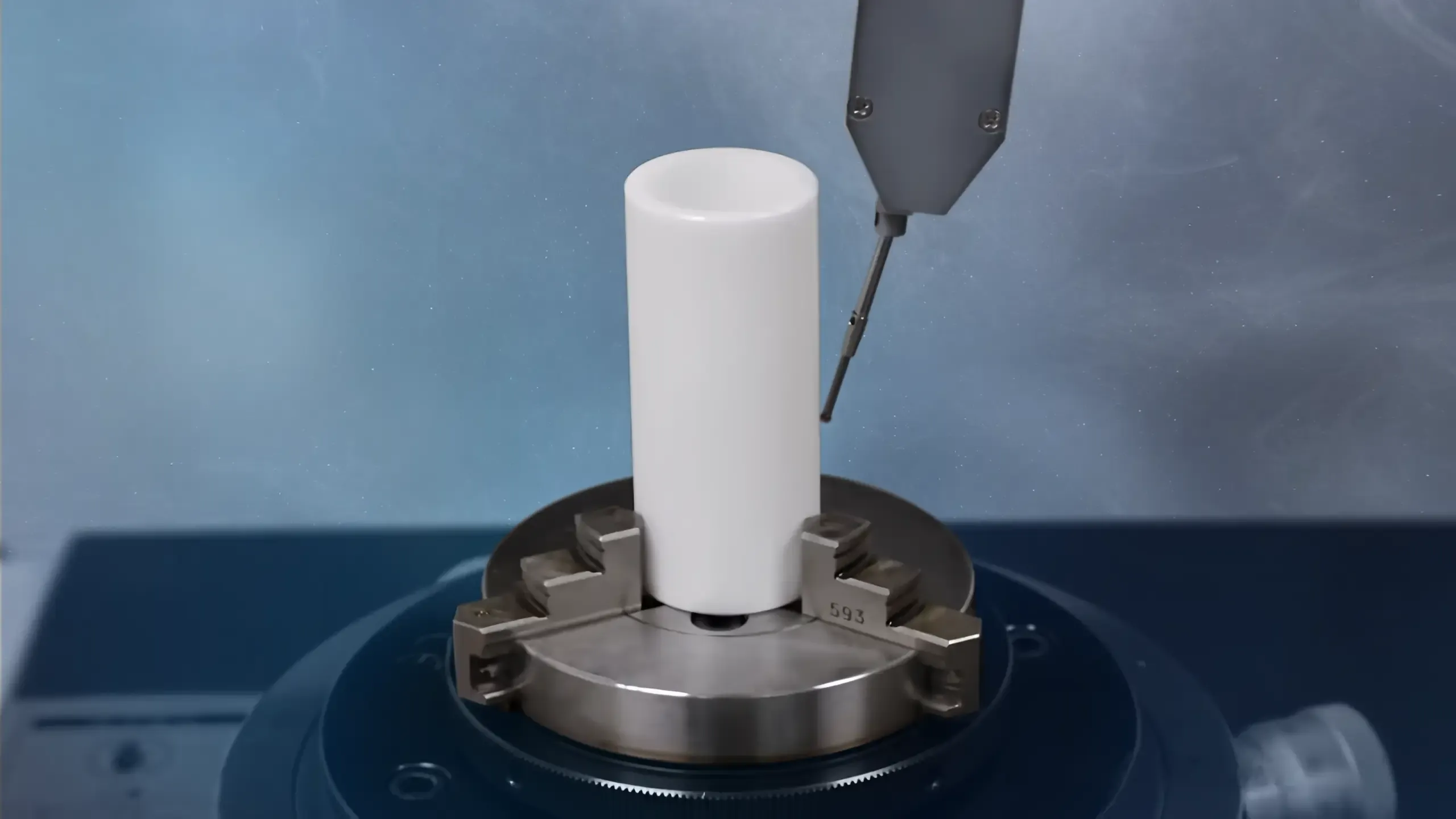
Silicon carbide crucibles are prized for their exceptional thermal conductivity, resistance to thermal shock, and ability to withstand temperatures above 1600°C. But even the toughest advanced ceramic requires proper handling. This guide provides clear, actionable steps to get the most out of your silicon carbide crucible while avoiding common pitfalls.
2. Understanding Your Silicon Carbide Crucible
A silicon carbide crucible is made from sintered silicon carbide (SiC), an advanced ceramic known for hardness, chemical inertness, and stability at extreme temperatures. Unlike alumina (Al2O3) or zirconia (ZrO2) crucibles, silicon carbide offers superior heat transfer—ideal for rapid melting processes. However, it’s not suitable for all chemistries; for example, it may react with strong alkalis or certain molten salts.
You might also encounter related products like silicon carbide ceramic tiles, silicon carbide tubes, or RBSiC (reaction-bonded silicon carbide) tile blocks—but the core principles of care remain similar across these advanced ceramics.
3. Step-by-Step: How to Use a Silicon Carbide Crucible Safely
3.1. Preheat Gradually
Never place a cold silicon carbide crucible directly into a hot furnace. Thermal shock—even in robust SiC—can cause cracking. Always preheat slowly: start at 200–300°C for 30 minutes, then ramp up in stages (e.g., 500°C → 800°C → final temperature).

3.2. Avoid Sudden Temperature Changes
After use, allow the crucible to cool naturally inside the furnace. Do not quench it in water or expose it to drafts. Rapid cooling stresses the microstructure, leading to microcracks.
3.3. Load Material Carefully
Use clean, dry charge material. Moisture or contaminants can cause steam explosions or unwanted reactions. Never overfill—leave at least 1–2 inches of headspace to prevent spillage during melting.
3.4. Use Compatible Tools
Handle with ceramic or graphite tongs—not metal tools that can scratch or chip the crucible. Scratches become stress points under heat.
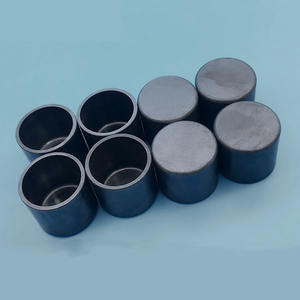
4. Cleaning and Maintenance
After each use, remove residual material while the crucible is still warm (but safe to handle). Use a soft brush or wooden scraper—never steel wool or abrasive pads.
For stubborn residues, soak in a mild acid bath (e.g., diluted HCl) only if compatible with your process chemistry. Rinse thoroughly with distilled water and dry completely before storage.
Store in a dry, dust-free environment. Moisture absorption can weaken the structure over time, especially in porous grades of silicon carbide.
5. Common Problems and Solutions
- Cracking after first use? Likely due to improper preheating. Always follow staged heating protocols.
- Glazing or surface discoloration? Normal with repeated use; doesn’t affect performance unless flaking occurs.
- Reduced lifespan? Could indicate incompatible melt chemistry—e.g., using SiC with aluminum alloys containing magnesium, which attacks SiC at high temps.
If your application involves highly corrosive melts, consider alternatives like a zirconia crucible or a silicon nitride crucible from a specialized silicon nitride crucible factory. While boron carbide vs silicon carbide debates exist for armor or abrasives, silicon nitride offers better corrosion resistance in some molten metal environments.
6. When to Replace Your Crucible
Inspect regularly for hairline cracks, warping, or thinning walls. Even minor damage compromises structural integrity at high temperatures. Don’t risk a catastrophic failure—replace proactively.
Also note: silicon carbide crucibles aren’t designed for reuse with different chemistries without thorough validation. Cross-contamination can ruin sensitive batches.
7. Bonus: Beyond Crucibles—Other Silicon Carbide Ceramic Products
While this guide focuses on crucibles, silicon carbide’s versatility extends to many forms: silicon carbide ceramic baking dishes, silicon carbide ceramic dinner plates, silicon carbide burner nozzles, silicon carbide ceramic columns, and even silicon carbide ceramic disc taps for plumbing. Each leverages SiC’s durability—but always match the product grade (e.g., sintered vs. RBSiC) to your specific thermal and chemical demands.
8. Conclusion
A silicon carbide crucible is a powerful tool—but only if treated with respect for its material limits. By following these practical steps for preheating, handling, cleaning, and inspection, you’ll ensure consistent performance, safety, and cost efficiency. In today’s tight supply market for advanced ceramics like silicon carbide, extending the life of every component isn’t just smart—it’s essential.
Our Website founded on October 17, 2012, is a high-tech enterprise committed to the research and development, production, processing, sales and technical services of ceramic relative materials such as How. Our products includes but not limited to Boron Carbide Ceramic Products, Boron Nitride Ceramic Products, Silicon Carbide Ceramic Products, Silicon Nitride Ceramic Products, Zirconium Dioxide Ceramic Products, etc. If you are interested, please feel free to contact us.

